Butterfly Garden Tips: Create a Vibrant Haven
Creating a butterfly garden is a delightful way to bring beauty and life to your outdoor space. Whether you have a large yard or a small balcony, you can make a welcoming habitat for butterflies. Why would you want to attract butterflies to your garden? They are not only beautiful to watch but also important pollinators that can help your plants thrive.
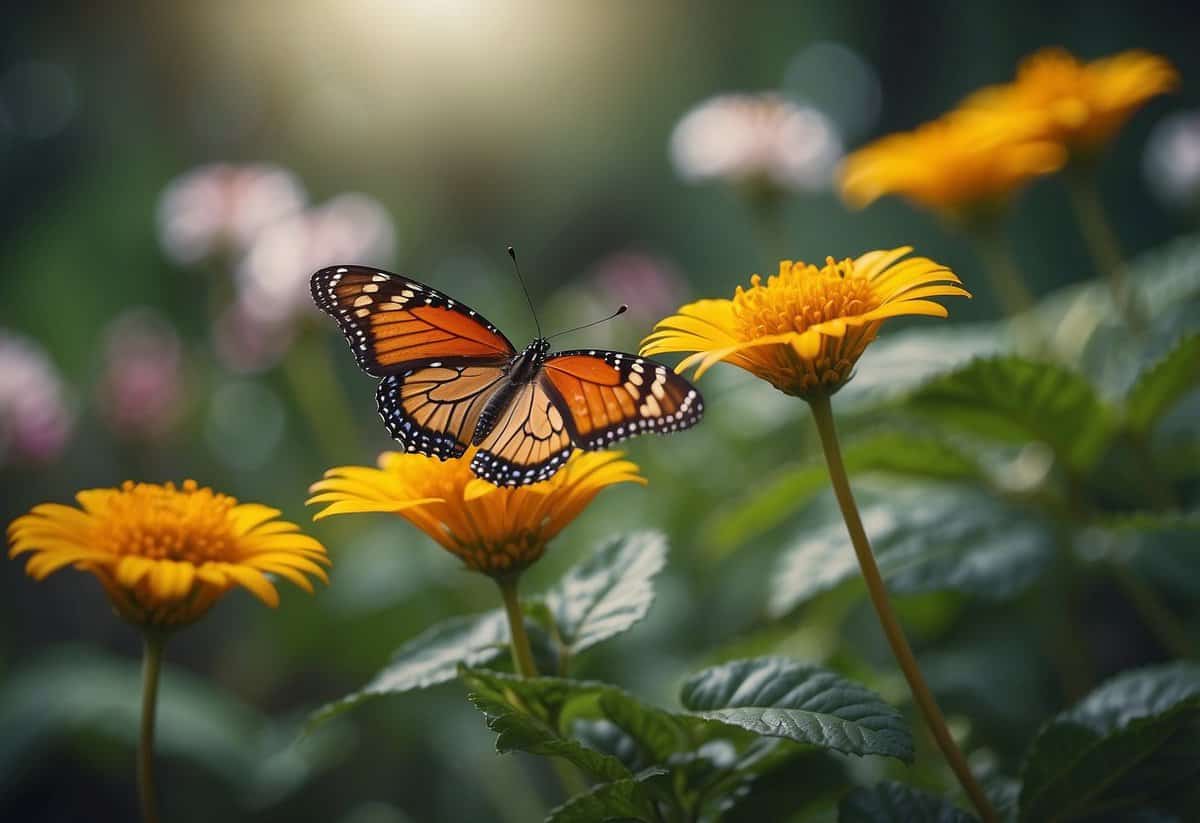
You’ll find that setting up a butterfly garden can be quite simple and rewarding. You’ll need to think about the right plants, sunlight, and other elements to create the perfect environment. With the right tips and a little effort, your garden can become a haven for these charming insects.
1) Plant Native Flowers

You should plant native flowers in your butterfly garden. Native plants are well-adapted to the local climate and soil. This makes them easier to grow and maintain.
Many native plants, like milkweed, attract butterflies. They provide nectar and places for butterflies to lay eggs.
Using native plants also supports local wildlife. Butterflies will find the food and shelter they need to thrive in your garden.
2) Provide a Water Source

Butterflies need water to stay hydrated and healthy. You can set up a shallow water source, such as a birdbath, and add stones for them to perch on. This will allow them to drink without drowning.
Another option is to create a puddling station. Fill a shallow dish with wet sand mixed with compost. Keep it moist to ensure the butterflies have a consistent water source.
Consider using sponges to slowly release water. Place a sponge in a shallow dish and keep it damp. This method provides a safe way for butterflies to drink.
3) Create Some Shade

It’s important to provide some shade in your butterfly garden. While many butterflies love the sun, they also need areas to cool down.
You can plant shade-loving butterfly plants in these spots. Some good choices include ferns and certain types of hostas.
Add structures like arbors or pergolas. These will give butterflies a place to rest and protect them from harsh sunlight.
4) Avoid Pesticides

It’s crucial to keep your butterfly garden pesticide-free. Pesticides harm butterflies and their larvae, not just the pests.
Instead, use organic methods to handle unwanted insects. This keeps your garden a safe haven for butterflies and helps maintain a healthy ecosystem.
Maintain your garden by planting a variety of flowers and using natural pest control methods. This way, you protect your butterflies from harmful chemicals.
5) Add Host Plants for Caterpillars
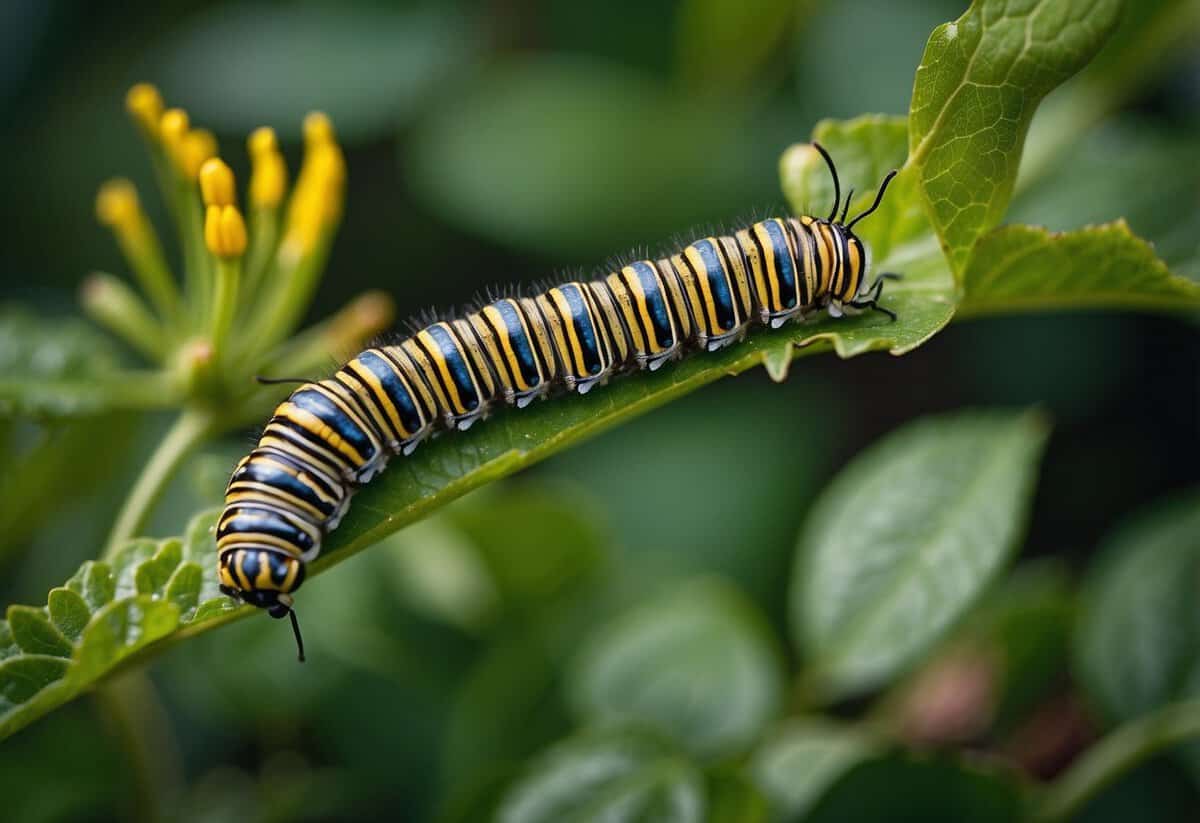
Adding host plants to your butterfly garden is essential. These plants are where butterflies lay their eggs, and caterpillars feed on them.
Plants like carrot, dill, fennel, and parsley are great for the Black Swallowtail. Verbena is another excellent choice, supporting various species.
By including these plants, you make sure both butterflies and caterpillars thrive in your garden all season long.
For more information about host plants, be sure to check detailed guides.
6) Use Flat Rocks for Basking
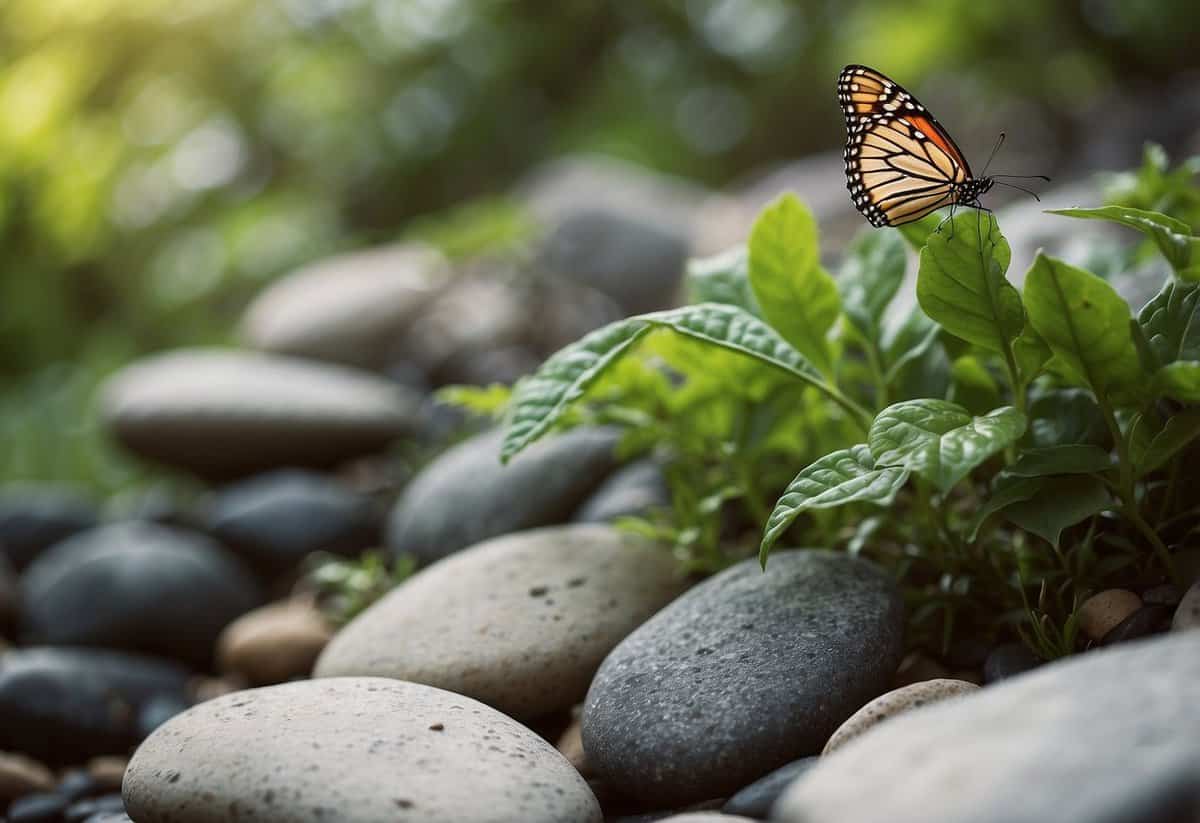
Butterflies love to bask in the sun. To help them out, place flat rocks in your garden. These rocks give butterflies a warm spot to rest and gather energy.
Choose sunny spots in your garden for the rocks. This way, butterflies can bask and enjoy the sun’s warmth. Position the rocks near nectar-rich flowers for an added bonus.
By providing these basking rocks, you make your garden a welcoming place for butterflies. Learn more about using flat rocks in your garden to attract butterflies.
7) Plant Flowers in Clumps

When you plant flowers in clumps, it makes it easier for butterflies to spot them.
Groups of flowers are more visible compared to a single plant.
Clumped flowers also provide a larger landing area, which helps butterflies feed on nectar. This approach helps attract more butterflies to your garden.
For example, planting native species with larger petals can be effective. This technique not only beautifies your garden but also supports the local ecosystem.
8) Ensure Continuous Blooms
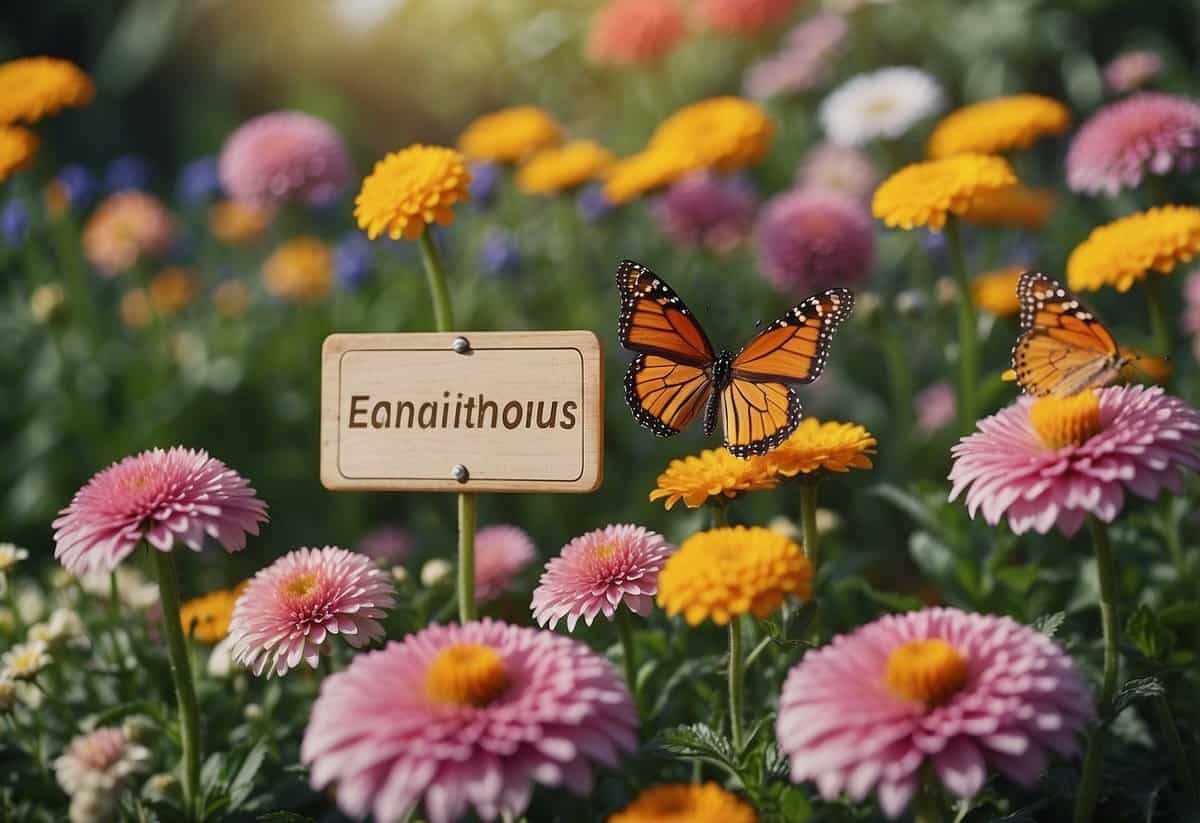
To keep your butterfly garden blooming all season, select plants that flower at different times. This ensures there’s always something in bloom for the butterflies.
You can plant flowers like phlox, which blooms from summer to early fall. Deadheading spent flowers can encourage more blooms.
Choose a mix of annual and perennial plants. This way, you’ll have flowers returning each year and new ones growing every season.
9) Incorporate Water Features

Adding water features to your butterfly garden is a great way to attract more butterflies. Butterflies need water to stay hydrated and cool down.
Consider adding a shallow birdbath or a small puddling area. Fill it with sand or gravel and add some water. This creates a safe drinking spot for butterflies.
Ensure the water is clean and fresh. You can do this by changing it regularly. This helps prevent mosquitoes from breeding and keeps your butterflies healthy and happy.
10) Add Trees and Shrubs

Adding trees and shrubs to your butterfly garden is essential. Dense shrubs or small trees offer a safe haven for butterflies. They provide shelter from wind and rain, making your garden a welcoming spot.
Choose native varieties that butterflies in your area are familiar with. They act as both resting places and sources of food for larvae. By mixing these with your blooms, you create a diverse habitat.
Avoid using pesticides. Caterpillars, which turn into butterflies, can feed on the leaves of these plants. Keeping your garden organic helps protect these delicate stages of butterfly life.
Choosing the Right Plants

When planning a butterfly garden, selecting appropriate plants is crucial. Focus on using native plants and balance your choices between perennials and annuals. This will ensure that butterflies are attracted and have the necessary resources to thrive.
Native Plants vs. Exotic Plants
Native plants are essential for a butterfly garden. They are adapted to your region’s climate and soil, making them easier to grow and maintain. More importantly, local butterfly species are accustomed to feeding on these plants. Examples include milkweed for monarch butterflies and coneflowers for general nectar sources.
Exotic plants, while often visually appealing, may not offer the same benefits. They can sometimes disrupt local ecosystems and fail to attract butterflies. Stick to native species to ensure your garden is both beautiful and beneficial.
Perennials and Annuals
Perennials are plants that return year after year. They provide a consistent food source for butterflies and reduce the amount of replanting you need to do. Common perennials for butterfly gardens include butterfly bush and black-eyed Susan.
Annuals complete their life cycle in one season. They offer variety and can fill gaps in your garden’s blooming schedule. Some good annuals for attracting butterflies are zinnias and marigolds.
Using a mix of both perennials and annuals will keep your garden lush and continually attractive to butterflies. This approach offers a balance of stability and change, renewing the garden’s appearance while maintaining a habitat for butterflies.
Creating the Perfect Habitat

To create a butterfly-friendly garden, focus on providing the right amount of sunlight and shade, along with appropriate water sources and moisture levels. These elements are key to attracting and supporting butterflies in your garden.
Sunlight and Shade Considerations
Butterflies are cold-blooded and need warmth to fly. Place your garden in an area that gets at least 6-8 hours of direct sunlight each day. Butterflies love to bask in the morning sun, warming their wings for the day ahead.
Plants that attract butterflies also thrive in full sunlight. Flowers like asters, coneflowers, and lavender not only provide food but also ensure a welcoming environment. Create some shaded spots using taller plants or small shrubs to give butterflies a place to rest and escape the heat of the day.
An area with a mix of sun and shade is ideal. This way, butterflies can find a sunny spot to warm up and a shaded area to cool down. Balance is essential to keep them comfortable and happy in your garden.
Water Sources and Moisture Levels
Butterflies need water, but they don’t drink from open water like birds. Instead, they prefer shallow puddles or moist sand. Create a “puddling” area by filling a shallow dish with sand and adding water until it’s damp. Place small rocks or pebbles in the dish for butterflies to perch on while they drink.
Keep the “puddling” area consistently moist. You can also use a birdbath with stones to create a similar effect. Refresh the water regularly to maintain a clean drinking spot.
Adding wet spots and damp soil patches around your garden can also attract butterflies. They get minerals from the soil that are essential for their health. This way, you provide both hydration and necessary nutrients for your butterfly visitors.
Maintaining Your Butterfly Garden
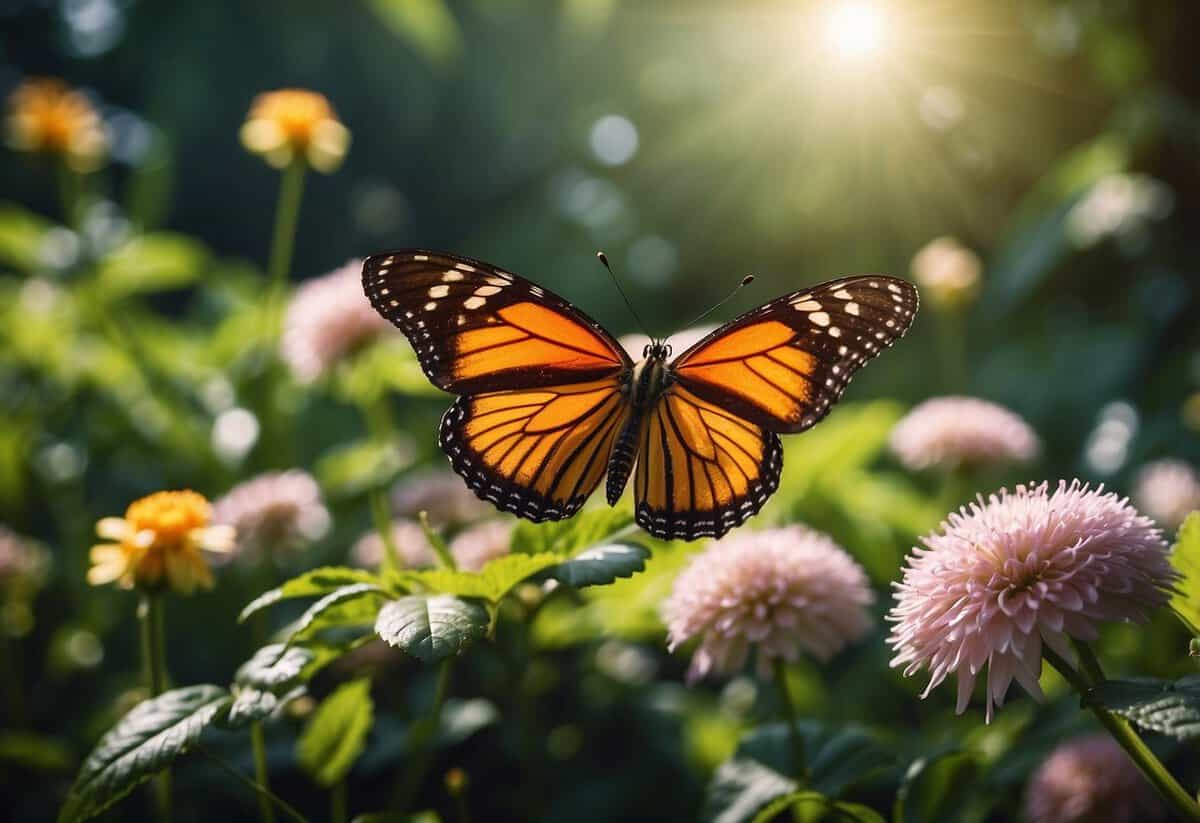
Maintaining a butterfly garden involves using organic methods for pest control and ensuring seasonal care through proper pruning. These practices will help keep your garden healthy and attractive to butterflies.
Organic Pest Control
To create a safe haven for butterflies, avoid using chemical pesticides. Instead, consider organic pest control methods. Use insecticidal soaps or neem oil to target harmful pests without harming butterflies or their larvae.
Encourage natural predators like ladybugs and praying mantises. These beneficial insects help control pest populations naturally. You can attract them by planting dill, fennel, and other nectar-rich plants.
Another method is companion planting. Certain plants, like marigolds, repel pests that may harm your butterfly garden. This approach ensures a balanced ecosystem without the need for chemicals.
Seasonal Care and Pruning
Regular care is important throughout the year. In early spring, prune dead or damaged plants. This encourages new growth and keeps your garden tidy. During summer, deadhead flowers to promote continuous blooming and attract more butterflies.
In the fall, cut back perennials and remove any diseased leaves. This helps prevent problems in the next growing season. Late-season pruning also prepares your plants for winter.
Water your garden consistently but avoid overwatering. Good drainage is key to preventing root rot. Adding mulch helps retain moisture and reduces the need for frequent watering.
Through careful seasonal care and pruning, you can ensure your butterfly garden remains vibrant and inviting year-round.







